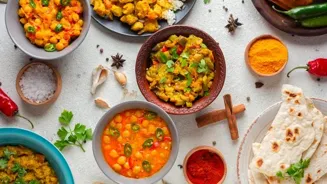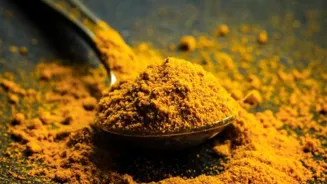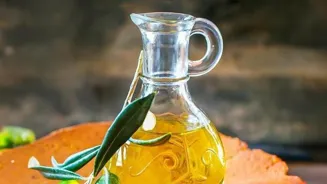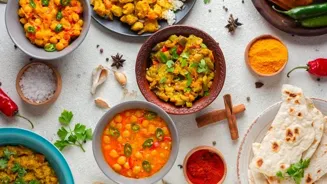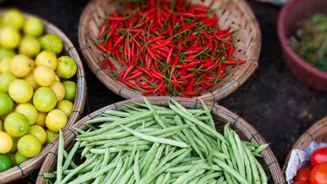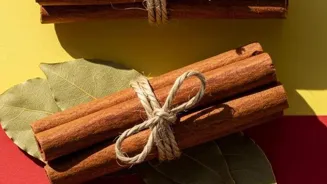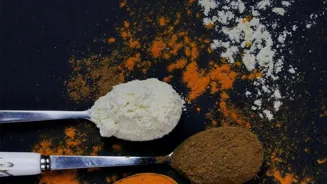Unleash the magic of 10 common Indian ingredients for delicious dishes and vibrant health. Discover their secrets here!
India, a land of vibrant colors, rich traditions, and of course, an incredibly diverse
culinary heritage. Our kitchens are treasure troves filled with spices, pulses, and vegetables that not only add flavour to our food but also offer immense health benefits.
But are we truly harnessing the full potential of these everyday ingredients? Let's explore ten common Indian ingredients and discover how to use them effectively to elevate your cooking and well-being.
Turmeric's health benefits enhanced by black pepper and fat absorption
Turmeric, that bright yellow powder, is a staple in nearly every Indian household. Beyond its colour and mild flavour, turmeric boasts powerful anti-inflammatory and antioxidant properties, thanks to a compound called curcumin.
To maximize its benefits, remember that curcumin is better absorbed when paired with black pepper. So, add a pinch of black pepper to your turmeric milk or sprinkle it generously in your vegetable dishes. Turmeric also adds beautiful colour to your dishes, making them appetising to see and eat.
Curcumin also requires some amount of fat to absorb easily in the body. Don't be afraid to experiment with turmeric in different ways.
Ginger's versatility extends from cooking to health benefits
Ginger, with its pungent aroma and zesty taste, is a versatile ingredient that finds its way into teas, curries, and even desserts. But did you know that ginger is also a potent remedy for nausea and digestive issues?
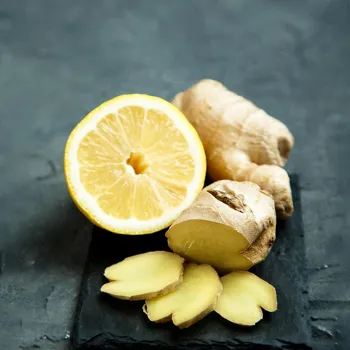
Chewing on a small piece of ginger or sipping ginger tea can provide quick relief from motion sickness or indigestion. Fresh ginger is infinitely better than dried powder for both flavour and health benefits.
Ginger also has warming properties, making it an ideal addition to your diet during the colder months. Using more ginger is always recommended. Ginger, garlic and onion are very common, and most of the times, ginger is used the least and can be used in more proportions for its health benefits.
Cumin: essential spice in Indian cuisine for flavor and health benefits
Cumin, also known as jeera, is an essential spice in Indian cooking. These tiny seeds pack a powerful punch of flavour and are a great source of iron and dietary fiber. Roasting cumin seeds before grinding them intensifies their aroma and flavour.
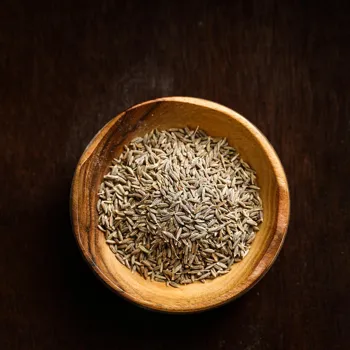
Cumin is particularly beneficial for digestion and can help reduce bloating. A simple jeera water, made by boiling cumin seeds in water, is a popular home remedy for digestive problems. You can also add cumin to your raitas, dals, and vegetable dishes for an earthy flavour.
Cumin is a super-food in our Indian cuisine that is not appreciated enough.
Coriander: essential herb in Indian cuisine, rich in vitamins, used as garnish and flavoring
Coriander, or dhania, is another popular herb used extensively in Indian cuisine, both as a garnish and as a flavouring agent. Coriander leaves are rich in vitamins and antioxidants and have a cooling effect on the body.
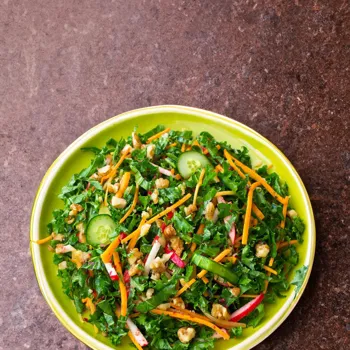
Coriander seeds are also used as a spice and have a different flavour profile than the leaves. To retain the freshness and flavour of coriander leaves, add them towards the end of cooking. Coriander is also believed to have detoxifying properties making it an everyday ingredient.
There are very few dishes in India that doesn't use coriander.
Lentils in Indian cuisine: nutritious, versatile, and essential for vegetarians
Lentils, or dals, are a staple source of protein for vegetarians and vegans in India. Different types of lentils, such as masoor dal, toor dal, and chana dal, offer unique nutritional benefits. Lentils are rich in fiber, iron, and folate, making them an excellent addition to a healthy diet.
Remember to soak lentils for a few hours before cooking to reduce cooking time and improve digestibility. Experiment with different lentil recipes to discover your favourites. Lentils make a wholesome meal when combined with rice. Lentils can be made tasty with added spices in a dish.
Ghee: traditional Indian ingredient rich in healthy fats
Ghee, or clarified butter, is a traditional Indian ingredient that has been used for centuries in cooking and traditional medicine. Ghee is rich in healthy fats and has a high smoke point, making it ideal for high-heat cooking. It adds a rich flavour to food and is believed to aid digestion.
A spoonful of ghee can be added to rice, dal, or roti for a flavourful and nutritious boost. Ghee is considered as pure in Hindu religion. Cow's ghee is considered the best type of ghee for health purposes.
Cardamom: versatile spice in Indian cuisine, sweet aroma, aids digestion, pricey
Cardamom, with its sweet and aromatic flavour, is a popular spice used in Indian desserts, beverages, and savoury dishes. Cardamom is known for its digestive properties and can help freshen breath. Green cardamom and black cardamom are the two main varieties.
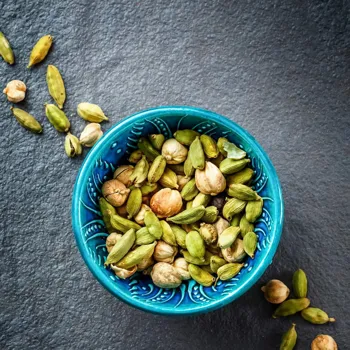
Green cardamom is more commonly used in sweet dishes, while black cardamom is used in savoury dishes. Add cardamom pods to your tea, kheer, or biryani for a delightful aroma and flavour. The price of cardamom is usually high due to its flavour.
